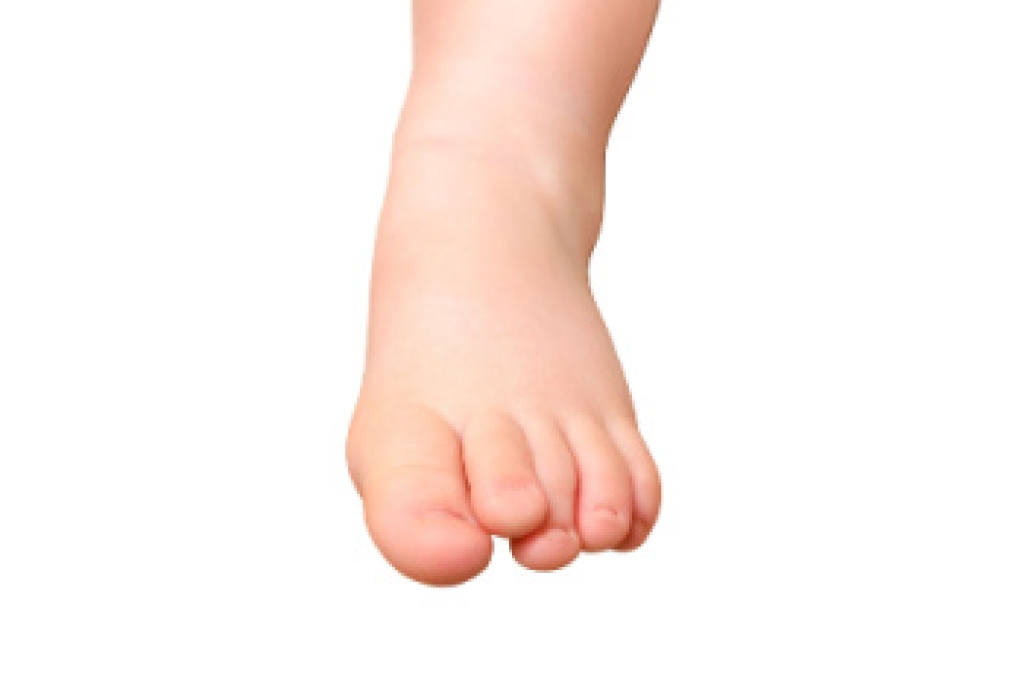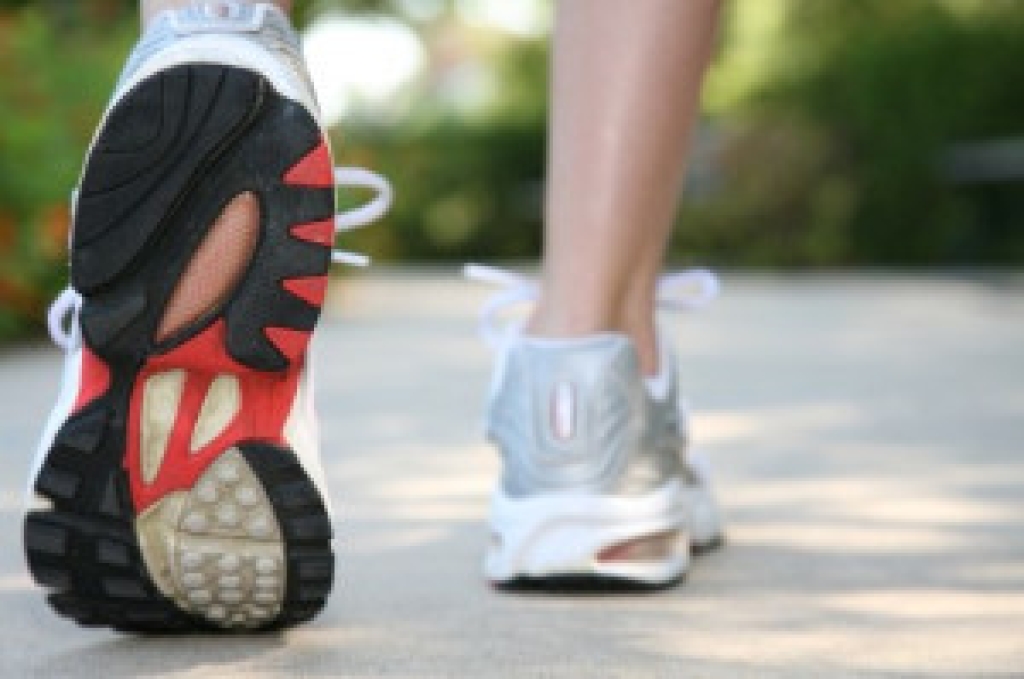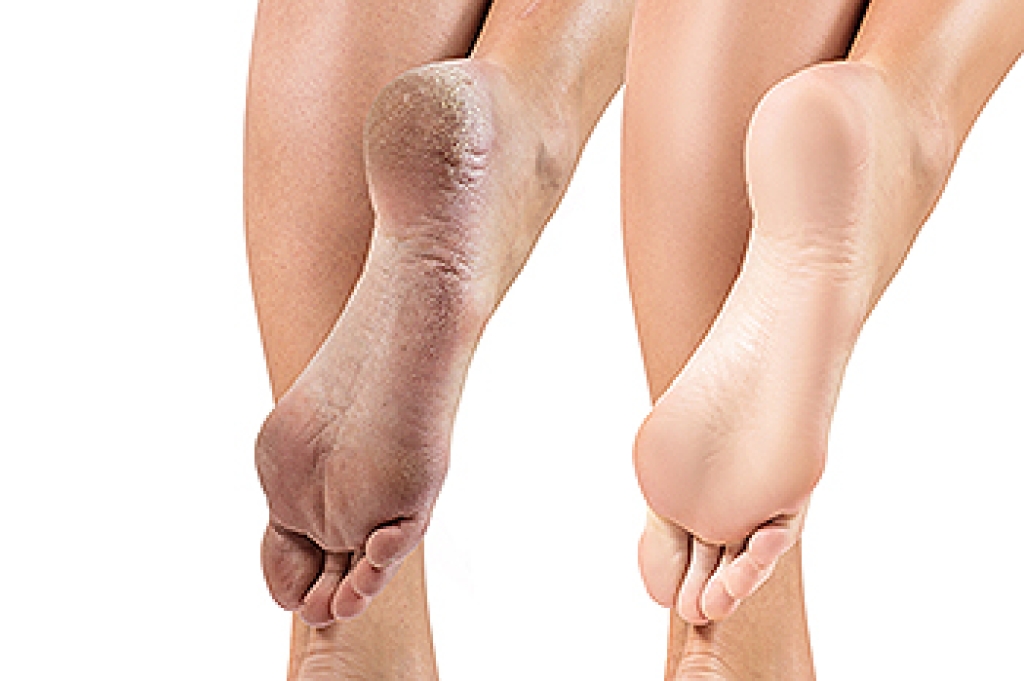
Children can experience several types of foot deformities that affect comfort and development. Flat feet occur when the arch does not form properly, leading to tired or achy feet. Talipes calcaneus involves excessive upward bending of the foot, often seen in newborns. In-toeing is when the feet point inward during walking and may result from hip, leg, or foot alignment issues. Talipes equinus limits upward motion of the ankle, causing a child to walk on the toes. A podiatrist can identify the cause of each condition, offer supportive care, guide proper development, and recommend treatments such as stretching programs, orthotics, or monitoring growth patterns. If you have concerns about your child’s foot development, it is suggested that you schedule a visit with a podiatrist for an expert evaluation and professional guidance.
The health of a child’s feet is vital to their overall well-being. If you have any questions regarding foot health, contact Emil Babayev, DPM of New York. Our doctor can provide the care you need to keep you pain-free and on your feet.
Tips for Keeping Children's Feet Healthy
- Make sure their shoes fit properly
- Look for any signs of in-toeing or out-toeing
- Check to see if they have Clubfoot (condition that affects your child’s foot and ankle, twisting the heel and toes inward) which is one of the most common nonmajor birth defects.
- Lightly cover your baby’s feet (Tight covers may keep your baby from moving their feet freely, and could prevent normal development)
- Allow your toddler to go shoeless (Shoes can be restricting for a young child’s foot)
- Cut toenails straight across to avoid ingrown toenails
- Keep your child’s foot clean and dry
- Cover cuts and scrapes. Wash any scratches with soap and water and cover them with a bandage until they’ve healed.
If you have any questions, please feel free to contact our offices located in Midwood and Kensington in Brooklyn, NY . We offer the newest diagnostic and treatment technologies for all your foot care needs.

 Orthotics
Orthotics

